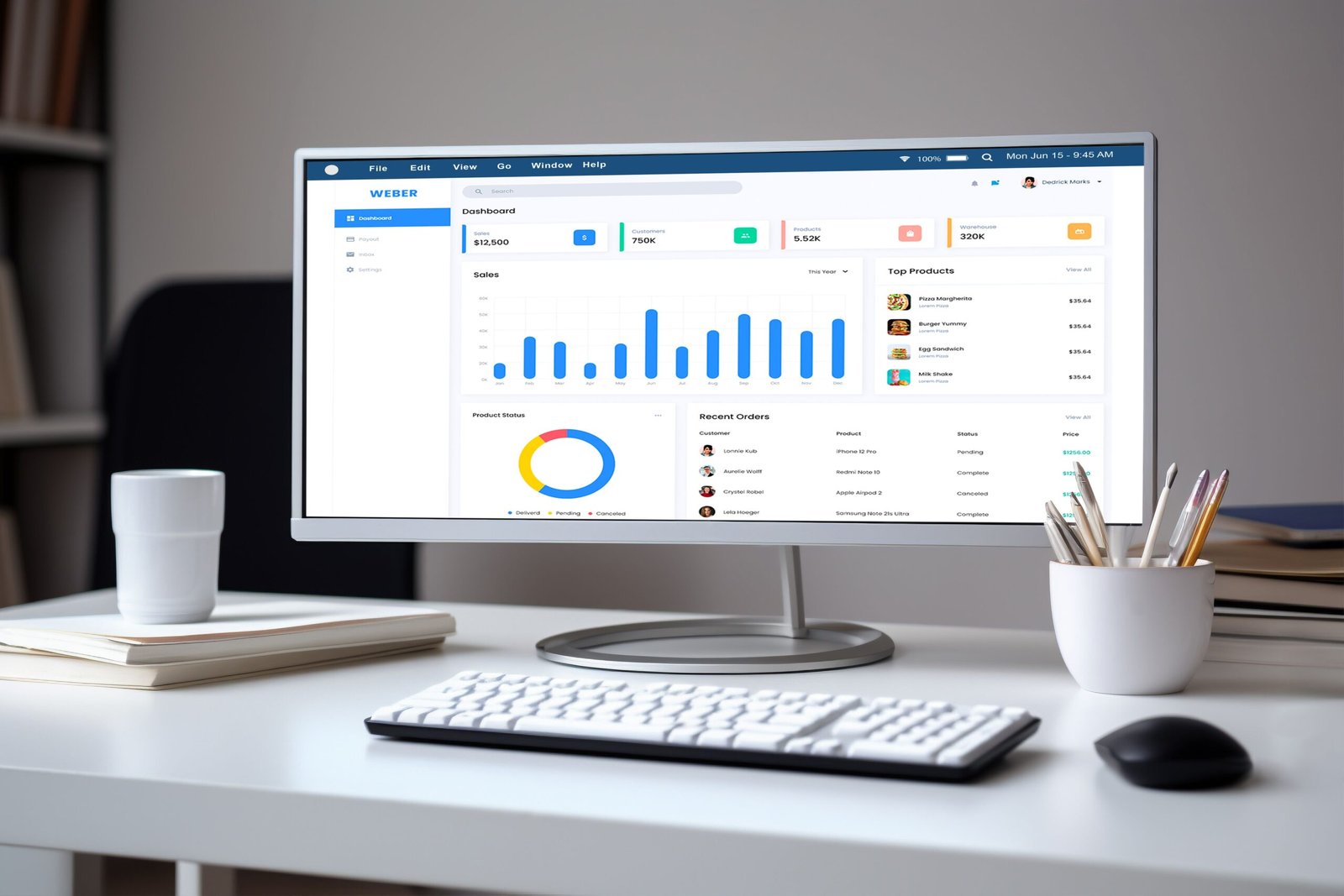Selecting the right project management software is a critical decision for businesses and teams of all sizes. With the plethora of options available today, making an informed choice can significantly impact your project’s success. In this guide, we’ll walk you through the essential steps to choose the perfect project management software for your needs.
Step 1: Define Your Requirements
Before diving into the sea of project management software options, start by clearly defining your requirements. Consider the size of your team, the complexity of your projects, and the specific features you need. Common features to consider include task management, team collaboration, document sharing, time tracking, and reporting.
Step 2: Set a Budget
Project management software comes in a range of price points. Determine your budget early in the process to help narrow down your options. Keep in mind that some software solutions offer free plans with limited features, while others require a monthly or annual subscription. Be sure to consider long-term costs and potential return on investment.
Step 3: Choose Between Cloud-Based and On-Premises Solutions
You’ll need to decide whether you prefer a cloud-based or on-premises project management solution. Cloud-based options offer the advantage of accessibility from anywhere with an internet connection and are usually easier to set up. On-premises solutions provide more control but require dedicated infrastructure and maintenance.
Step 4: Research and Compare Options
Once you have a clear understanding of your requirements, budget, and deployment preferences, start researching and comparing project management software options. Look for reputable vendors and read reviews from other users. Consider popular choices like Trello, Asana, Jira, Monday.com, or Microsoft Project, and evaluate their suitability for your needs.
Step 5: Trial Period
Most project management software providers offer a free trial period. Take advantage of this to get a hands-on experience with the software. During the trial, assess how well the software aligns with your requirements, how easy it is to use, and whether it meets your team’s collaboration needs.
Step 6: Seek Feedback from Your Team
Your team’s input is invaluable. Involve your team members in the decision-making process. Their feedback can reveal user preferences, workflow requirements, and potential challenges with the chosen software. This collaboration will ensure better adoption and satisfaction.
Step 7: Scalability and Integration
Consider the scalability of the software. Will it accommodate your team’s growth and evolving project needs? Additionally, check if the software easily integrates with other tools and apps your team already uses, such as email, calendars, and document sharing platforms.
Step 8: Data Security and Compliance
Protecting your data is crucial. Ensure that the project management software complies with data security standards and regulations relevant to your industry. Verify the vendor’s data encryption, backup procedures, and data access controls.
Step 9: Training and Support
Evaluate the training and support options offered by the software provider. A comprehensive onboarding process, helpful tutorials, and responsive customer support can make a significant difference in your team’s ability to effectively use the software.
Step 10: Make an Informed Decision
After completing these steps, you should have a clear understanding of which project management software aligns with your needs. Make an informed decision, considering all factors, and be prepared to adapt as your team grows and your project requirements change.
In summary, choosing the right project management software is crucial. Define needs, set a budget, involve your team, and remain adaptable. Regularly assess performance for optimal project management.
